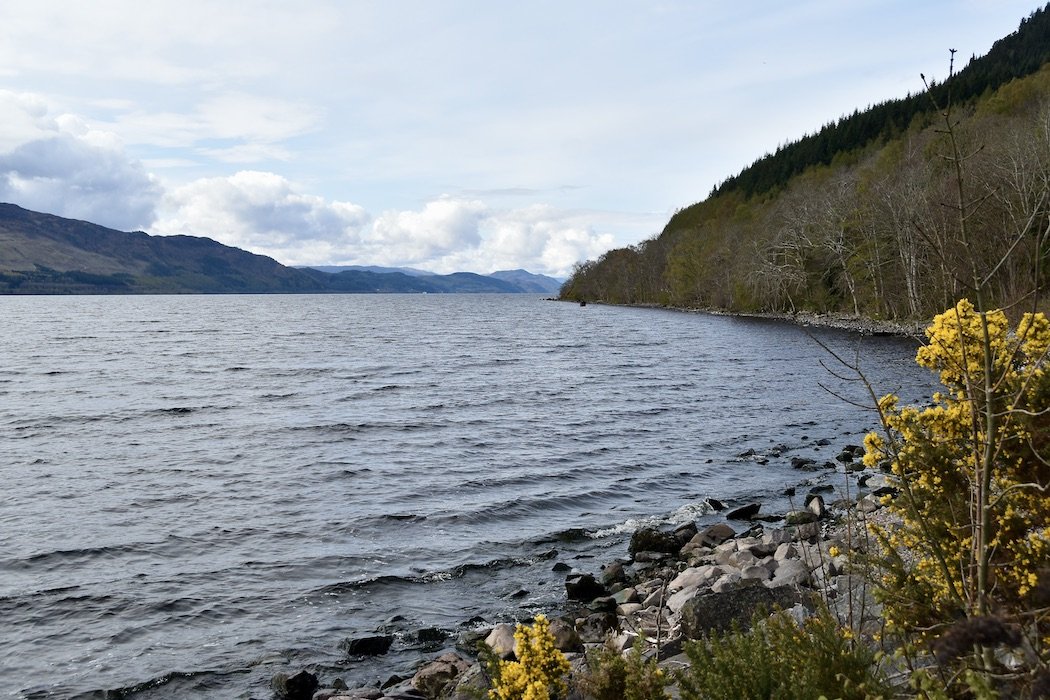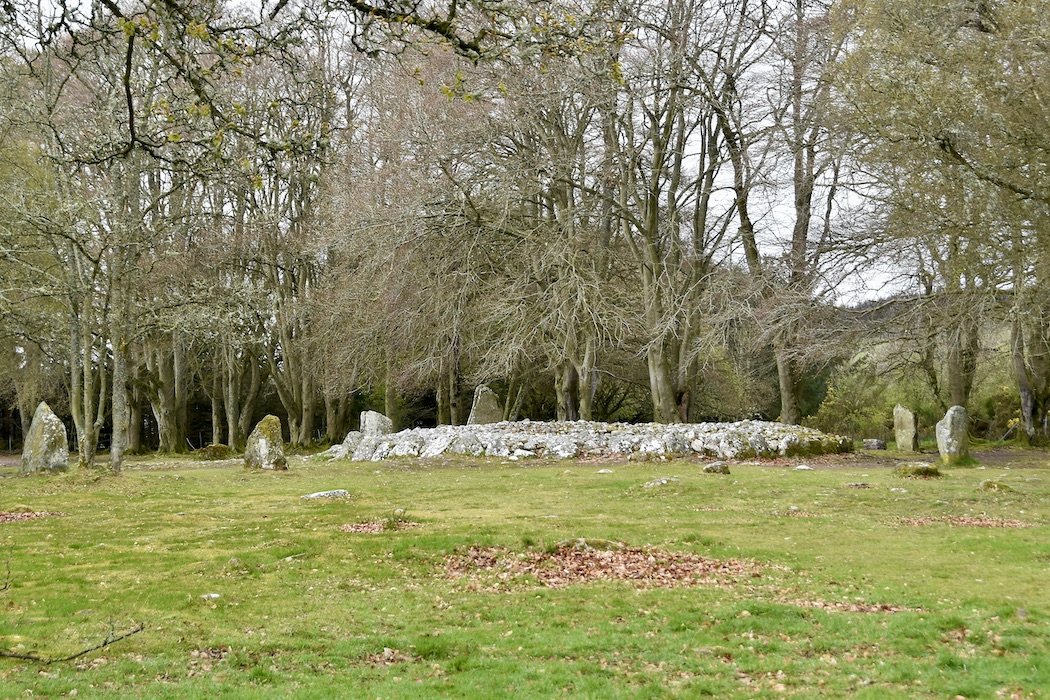Highland Town and Country at Inverness
Along the shores of Loch Ness
“The real voyage of discovery consists not in seeing new landscapes, but in having new eyes.” — Marcel Proust
Located on Scotland’s northeast coast, where the River Ness flows from Loch Dochfour at the northern end of Loch Ness to the mouth of Beauly Firth, Inverness is considered the cultural capital of the Highlands. The river gives the town its name, meaning “mouth of the Ness” and the town stretches itself along the river with several bridges connecting the two banks. A voyage to Inverness often leads through the dramatic landscapes of the Cairngorms Mountains and National Park. The wonderful scenery continues to Inverness’ surroundings, where the loch, hiking trails, and wildlife combine with medieval ruins and prehistoric sites to make Inverness a pleasure to discover.
In Inverness’ Old Town, The Old High Church stands on St. Michael’s Mount overlooking the river where St. Columba is believed to have preached to King Bridei (Brude) and his Pictish people in AD 565, making that spot the cradle of Christianity in the Highlands. The Inverness Museum and Art Gallery traces local and highland history, for example, as the literary place where Macbeth murdered King Duncan. Off Church Street, an indoor Victorian Market has a food hall as well as small clothing and crafts shops under an elaborate wooden and ironwork ceiling. At Leakey’s Book Shop, in the quiet getaway of a former church, second-hand books, and botanical prints sell next to a log fire. Nearby, Inverness’ oldest residential building, Abertarff House, dates to 1593. Built as a wealthy family’s townhouse, it has seen riots, civil war, and status as a tenement before being restored as a museum by the National Trust.
The scenic Ness Walk is an easy 2.7 km (1.7 mi) circular walking trail along both sides of the River Ness. Along the way, Inverness Castle sits on a cliff overlooking the river. There has been a succession of castles on this spot since 1057 and ancient fortresses for centuries before that. The present one, built as Inverness’ prison and courts in 1863, is being repurposed as a cultural gathering place, featuring landscaped gardens on terraces that provide panoramic views, food and drink venues, and music-based exhibitions. Further along, footbridges lead to islands in the river and the opposite bank to the free Botanic Gardens, the university, and Inverness Cathedral.
No visit to Inverness is complete without getting out on the water for a boat trip to Urquhart Castle. A Pictish fort dating to the early 800s, it became a castle much fought over during the Middle Ages. Now a noble ruin in a majestic setting, it watches over Loch Ness from a rocky promontory, and whether Nessie makes an appearance or not, the scenery is stunning in any type of weather. Eight km (5 mi) east of town, Drumossie Moor laid the stage for the Battle of Culloden, where a Jacobite army was defeated by British government forces in 1746. In less than an hour, 1250 men were slain, ending the Jacobian revolt and changing highland culture forever. A mile further on, set on a terrace above the River Nairn among fields and grazing cows, is Clava Cairns. The exceptional remains of a prehistoric burial ground consist of Bronze Age circular kistvaens or chamber tombs (stone-lined graves) surrounded by massive standing stones. The 4000-year-old site is a breathtaking and awe-inspiring place of reverence and mystery.
Don’t Miss:
A boat ride on Loch Ness for the stunning scenery and to look out for “Nessie”.
Serendipity:
Finding the unexpected- happening upon a craft fair in front of the Inverness Cathedral.
Lunch Tip:
The Waterfront Bar & Kitchen on the River Ness for home-cooked contemporary Scottish fare.
Bedtime:
The historic and comfortable Jacobite’s Retreat Airbnb in the city center steps from the river.
Subscribe for inspiration to have my posts drop directly into your inbox. *If you enjoyed what you read, please share this post with like-minded travelers.*
*All photographs are mine, taken with my Nikon D5600 or iPhone 14 Pro.*











